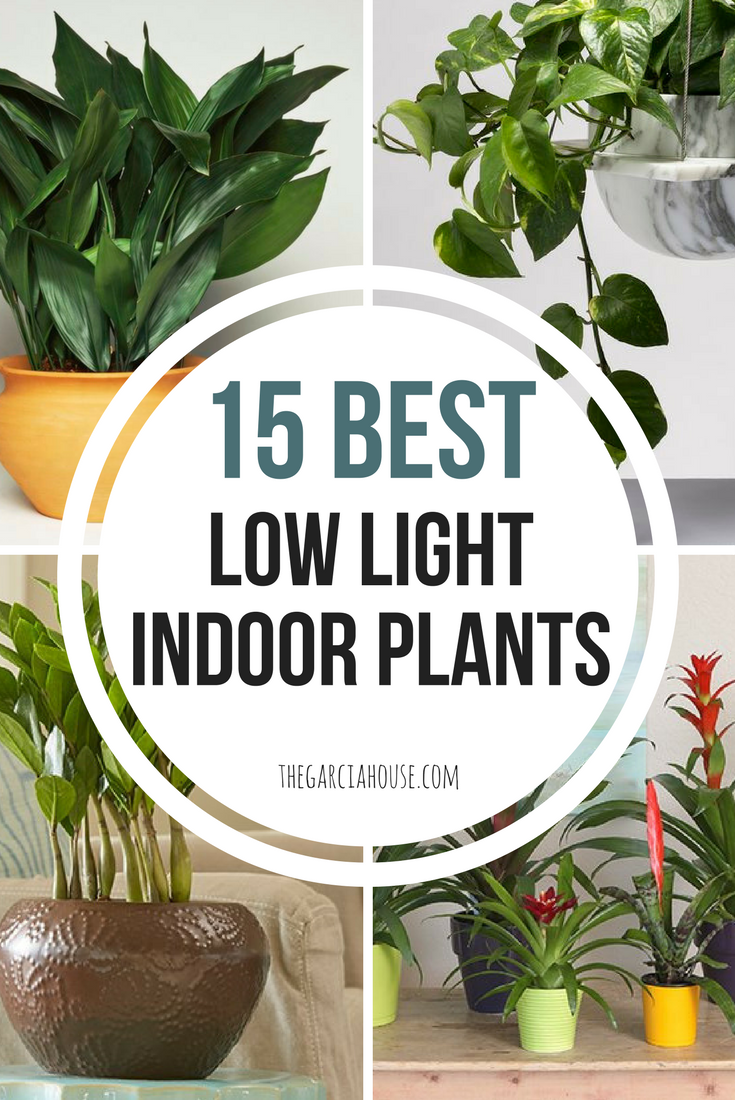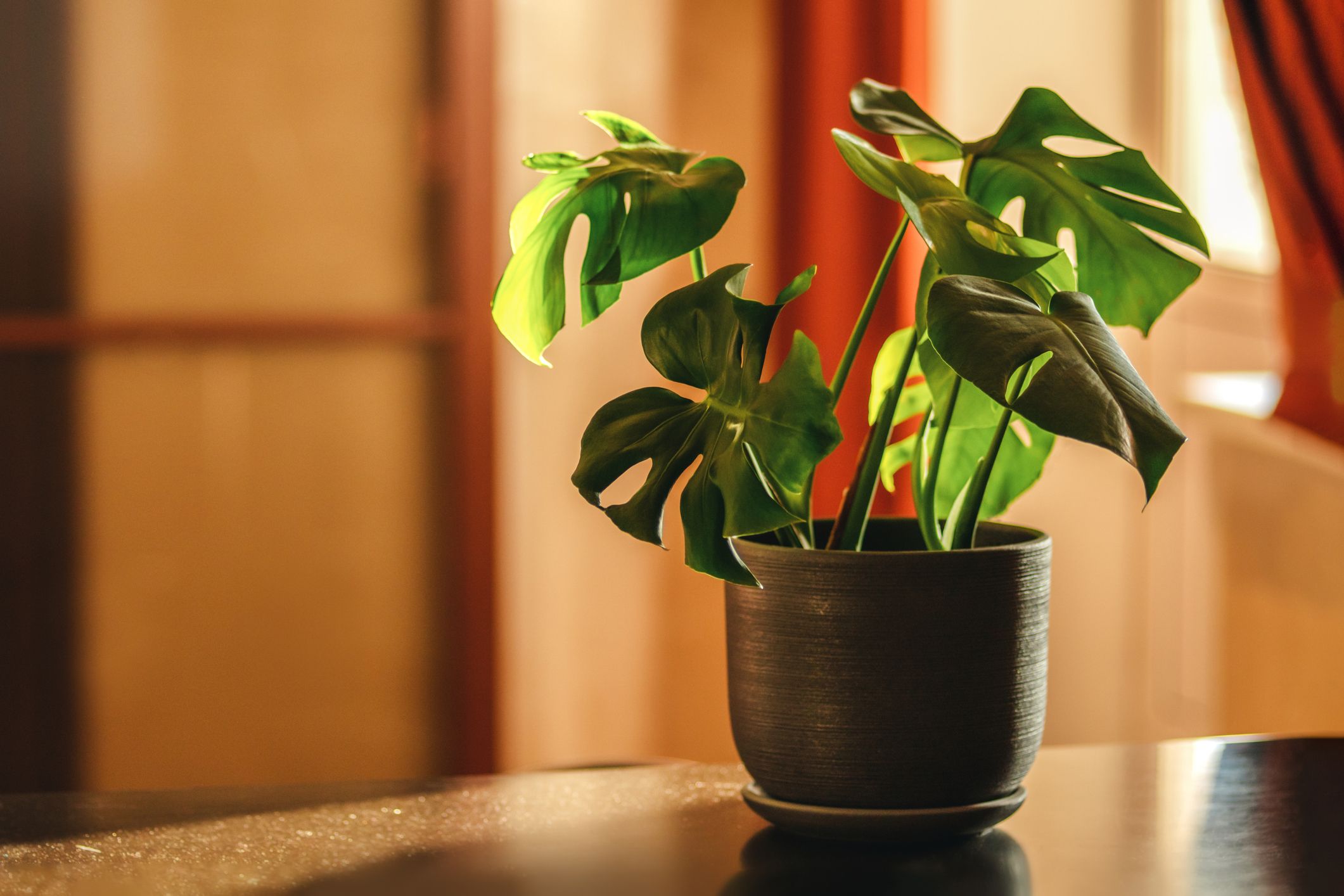Discover the Best Low-Light Indoor Plants for Your Home or Office Space
Discover the Best Low-Light Indoor Plants for Your Home or Office Space
Blog Article
Transform Your Home With Beautiful Low-Light Indoor Plants and Their Benefits
Incorporating low-light indoor plants into your home can substantially boost both the environmental and aesthetic top quality of your home. These plants, which grow in dark conditions, offer not just as decorative aspects however likewise as natural air cleansers, making them perfect for metropolitan residents or those with limited sunlight direct exposure. As we explore the various sorts of low-light plants and their benefits, you might find shocking means to incorporate them into your home that can transform your environments in ways you may not have actually prepared for.
Benefits of Low-Light Plants
Low-light plants offer numerous advantages for interior atmospheres, making them a superb choice for both newbie and knowledgeable gardeners. One of the main advantages is their versatility to low-light problems, permitting individuals to boost their home without the need for extensive sunlight direct exposure. This particular makes them suitable for apartment or condos, offices, and various other locations with limited natural light.

In addition, incorporating low-light plants into home décor can elevate the aesthetic allure of an area. Their rich foliage and varied textures create a relaxing atmosphere, adding to total wellness. Finally, the visibility of plant has actually been connected to lowered anxiety degrees and improved efficiency, making low-light plants a practical selection for improving both psychological and physical health and wellness in interior settings.
Leading Low-Light Indoor Plants
While lots of interior plants grow in intense light, numerous varieties are specifically well-suited for low-light conditions, making them optimal for various indoor rooms. One preferred selection is the Serpent Plant (Sansevieria), known for its striking upright leaves and resilience, calling for marginal care. An additional superb choice is the Pothos (Epipremnum aureum), which features heart-shaped leaves and can track beautifully from shelves or wall mounts, growing in reduced light and adding a rich touch.
The ZZ Plant (Zamioculcas zamiifolia) is commemorated for its glossy leaves and ability to endure forget, making it excellent for busy way of livings. The Tranquility Lily (Spathiphyllum) not just endures reduced light yet also produces sensational white blooms, boosting any kind of room's visual.
For a special touch, think about the Cast Iron Plant (Aspidistra elatior), which undoubtedly measures up to its name, flourishing in the darkest edges of your home. The Chinese Evergreen (Aglaonema) provides a selection of fallen leave patterns and colors while being incredibly forgiving in low-light conditions. These plants not only enhance interior environments however additionally add to air purification, enhancing your space.
Care Tips for Low-Light Plants

Watering techniques advice are essential; these plants frequently favor somewhat completely dry problems. Overwatering can bring about root rot, so make sure that the leading inch of dirt is completely dry prior to sprinkling once again. Use pots with drain openings to enable excess moisture to escape.
Moisture is one more vital factor. Several low-light plants, such as brushes and tranquility lilies, take advantage of higher moisture levels. To boost moisture, think about misting the leaves or placing a tray of water near the plants.
Fertilization must be approached with care. Throughout the expanding season, utilize a diluted, balanced liquid plant food every month to sustain development, yet avoid fertilizing during the inactive wintertime months.

Imaginative Ways to Show Plants
Interior plants can act as captivating centerpieces in any area, improving both visual appeal and setting. Innovative displays can elevate the visual impact of low-light plants, making them an essential component of your home style. One reliable approach is to make use of tiered plant stands, which permit you to display numerous plants at varying elevations while making the most of flooring space.
Hanging planters are one more cutting-edge choice, developing a feeling of depth and drawing the eye upwards. Take into consideration macramé hangers or wall-mounted shelves to present a special texture and design.
For a much more structured approach, usage geometric find out here terrariums or glass containers to house your plants, adding a modern-day touch to your interior yard. You can additionally repurpose classic products, such as teacups or wood dog crates, for a diverse display screen that reflects your individuality.
Enhancing Home Atmosphere With Plants
Integrating low-light plants right into your home not just improves aesthetic charm however also contributes considerably to the total setting. These plants serve as all-natural decoration components, presenting a sense of harmony that can transform any type of area. The existence of greenery cultivates a calming environment, which is especially useful in high-stress atmospheres such as home offices or living rooms.
Low-light plants, such as snake plants, pothos, and ZZ plants, are not only aesthetically pleasing but additionally improve indoor air high quality by filtering system pollutants. This twin feature boosts the ambiance further, producing a much healthier space (Best low-light indoor plants). The calculated positioning of these plants can additionally affect the understanding of space; as an example, tall plants can attract the eye upward, making ceilings appear greater and rooms a lot more spacious
Moreover, varying structures and colors of foliage include depth to indoor design, enabling creative expression in home designing. Whether positioned on shelves, in edges, or as focal points, low-light plants can elevate the mood of any type of room. In recap, integrating these plants into your home is an effective method to foster a cozy, inviting atmosphere while profiting of improved air quality and visual flexibility.
Final Thought
Including low-light indoor plants into home see this page atmospheres offers countless benefits, consisting of improved visual allure and improved air quality. These durable plants, such as the Serpent Plant and Peace Lily, need minimal light and upkeep, making them suitable for diverse way of livings. Their capability to filter toxins adds to a much healthier space, while their diverse appearances and shades improve indoor design (Best low-light indoor plants). Inevitably, the incorporation of low-light plants cultivates a serene and inviting setting, changing any home into a relaxing oasis.
While lots of interior plants grow in intense light, a number of species are especially well-suited for low-light conditions, making them perfect for various indoor rooms. One efficient approach is to use tiered plant stands, which enable you to showcase numerous plants at differing heights while taking full advantage of floor area.
Low-light plants, such as snake plants, pothos, and ZZ plants, are not just visually pleasing yet additionally improve interior air high quality by filtering toxins. Best low-light indoor plants. The calculated placement of these plants can also influence the perception of room; for circumstances, tall plants can attract the eye upward, making ceilings appear higher and areas much more spacious
These resilient plants, such as the Serpent Plant and Peace Lily, call for very little light and maintenance, making them ideal for diverse way of lives.
Report this page